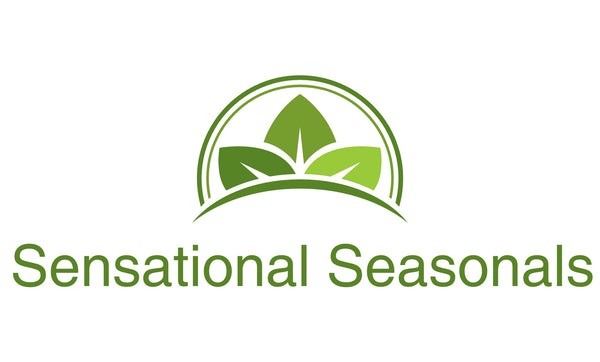When most people hear “cassava,” they think of the starchy root used to make fufu, tapioca, or cassava flour. But in many African homes, the true nutritional value isn’t underground — it’s in the leaves.
Cassava leaves have been nourishing families for generations. Packed with protein, vitamins, and minerals, they’ve helped communities stay strong even when other foods were scarce. And now, for vegans and plant-based eaters in the West, these greens may be one of the most overlooked — and affordable — sources of nutrition available.
What Are Cassava Leaves?
Cassava leaves grow from the same plant that produces cassava root (Manihot esculenta). They’re commonly used across sub-Saharan Africa, Southeast Asia, and parts of Latin America. You’ll find them in traditional dishes like:
-
Pondu in the Congo
-
Saka saka in Central Africa
-
Palaver sauce in West Africa
-
Cassava leaf stew in Sierra Leone and Liberia
The leaves are usually chopped, pounded, or shredded, then slowly cooked down with spices, onions, and sometimes peanut or palm oil. The result is a rich, earthy dish that pairs beautifully with rice, plantains, or fufu.

A Natural Source of Plant-Based Protein
You don’t usually expect leafy greens to be a good source of protein — but cassava leaves are the exception.
-
2 to 7% protein by weight, depending on preparation and variety. This is similar to other protein-rich plant sources such as soybeans and lentils
-
Contains essential amino acids that support muscle repair and hormone balance
-
Also provides iron, calcium, vitamin A, and antioxidants
-
Traditionally used to help women recover strength after childbirth and to support children’s growth as they are at higher risk of protein-energy malnutrition
For vegans who want more than tofu and lentils, cassava leaves offer a culturally rooted, nutrient-dense alternative.
How Cassava Leaves Can Support a Vegan Diet in the West
Living plant-based in the West can feel like a mix of expensive supplements, imported powders, and complicated recipes. Cassava leaves? They’re simple, traditional, and time-tested.
Here’s why they’re worth adding to your diet:
-
They provide both protein and micronutrients in one dish — especially when paired with other plant-based fats like groundnuts or coconut milk.
-
They’re often available in frozen form at African, Caribbean, or Asian grocery stores, making them accessible even if you’re not living near the equator.
-
They offer a way to reconnect with ancestral foods and expand your plant-based meals beyond the usual kale, spinach, and broccoli.
-
They’re budget-friendly, especially when bought in bulk or frozen blocks.
If you’re feeling stuck in a tofu-and-quinoa cycle, cassava leaves might just bring the flavor, variety, and nutrition your meals are missing.
Cassava leaf stew images from muriellebanackissa.com and cookingwithcloudy.com
Traditional Ways to Cook Cassava Leaves
Cassava leaves are not eaten raw — they must be properly cooked to remove natural compounds (cyanogenic glycosides) that can be toxic if consumed uncooked.
Here’s a basic way to prepare them:
🍲 Cassava Leaf Stew (Vegan Version)
Ingredients:
-
2 cups chopped cassava leaves (fresh or frozen)
-
1 small onion, diced
-
2 tablespoons peanut butter or groundnut paste
-
1 tablespoon red palm oil or coconut oil
-
2 cups water or veggie broth
-
Salt and spices (like garlic, chili, or bouillon)
Instructions:
-
Boil the leaves in water for 15–30 minutes, depending on texture.
-
Drain and rinse, then simmer with onion, spices, oil, and peanut butter.
-
Add broth as needed and simmer until tender and flavorful.
-
Serve with rice, yam, or boiled plantain.
You can also blend the cooked leaves into sauces or soups, or freeze for later use.
Who Should Be Eating More Cassava Leaves?
-
Vegans looking for more variety and ancestral ingredients
-
People trying to reduce meat but maintain protein intake
-
Anyone managing anemia or low iron
-
Budget-conscious eaters wanting nutrient-rich foods without the high price tag
-
People wanting to enjoy African heritage dishes
Whether you’re exploring African food traditions or just looking for a new vegan staple, these leaves deserve a spot in your kitchen. Don’t overlook cassava leaves - they may not have a fancy label or a viral TikTok trend behind them, but they’ve been feeding families, building strength, and supporting health for generations.
References:
https://www.sciencedirect.com/science/article/abs/pii/S0924224415000990?utm_
https://www.sciencedirect.com/science/article/abs/pii/S0889157521001861?utm_
https://philjournalsci.dost.gov.ph/images/pdf/pjs_pdf/vol152no2/effects_of_processing_on_the_antinutrient_and_protein_contents_of_cassava_leaves_.pdf?utm_
https://www.sciencedirect.com/science/article/abs/pii/S0963996924008779
https://www.sciencedirect.com/science/article/pii/S2949824425000965



